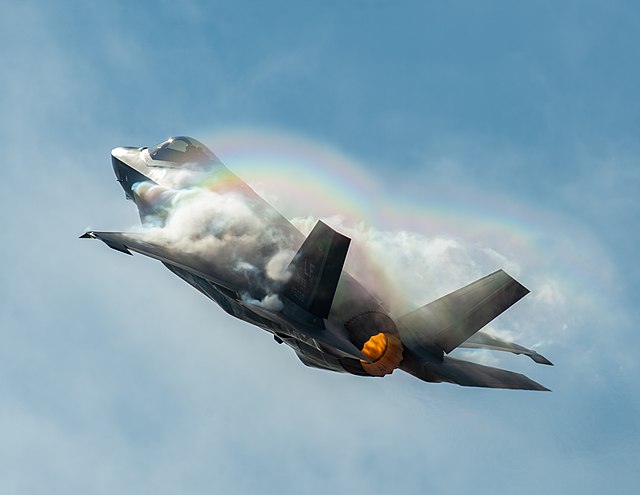A jet engine is a type of reaction engine, discharging a fast-moving jet of heated gas that generates thrust by jet propulsion. While this broad definition may include rocket, water jet, and hybrid propulsion, the term jet engine typically refers to an internal combustion air-breathing jet engine such as a turbojet, turbofan, ramjet, pulse jet, or scramjet. In general, jet engines are internal combustion engines.
A Pratt & Whitney F100 turbofan engine for the F-15 Eagle being tested in the hush house at Florida Air National Guard base
Jet engine during take-off showing visible hot exhaust (Germanwings Airbus A319)
The Whittle W.2/700 engine flew in the Gloster E.28/39, the first British aircraft to fly with a turbojet engine, and the Gloster Meteor
Heinkel He 178, the world's first aircraft to fly purely on turbojet power
Thrust is a reaction force described quantitatively by Newton's third law. When a system expels or accelerates mass in one direction, the accelerated mass will cause a force of equal magnitude but opposite direction to be applied to that system.
The force applied on a surface in a direction perpendicular or normal to the surface is also called thrust. Force, and thus thrust, is measured using the International System of Units (SI) in newtons, and represents the amount needed to accelerate 1 kilogram of mass at the rate of 1 meter per second per second. In mechanical engineering, force orthogonal to the main load is referred to as static thrust.
A Lockheed Martin F-35 Lightning II aircraft performing a vertical climb using its Pratt & Whitney F135 jet engine, which produces 43,000 lbf (190,000 N) of thrust.





